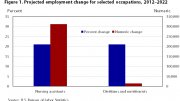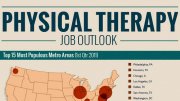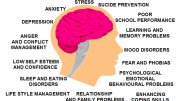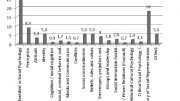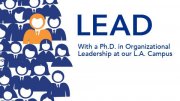
BIO 2011 |
Human Anatomy and Physiology INote:These Gen Ed courses are strongly recommended: An investigation of the structure and function of the human body in health and disease. Topics include: the cell, cellular metabolism, tissues, integument, skeletal system, articulations, and muscular and nervous systems. |
BIO 2012 |
Human Anatomy and Physiology IIA continuation of BIO 2011. Topics include the endocrine, digestive, respiratory, cardiovascular, lymphatic, urinary and reproductive systems. |
MAT 2021 |
Statistics IThis course prepares students for quantitative methods in their respective fields. Descriptive and inferential statistics, including estimation, hypothesis testing, linear regression and correlation are covered. Basic tools of descriptive statistics, discrete probability, binomial distribution, normal distribution, t-distribution, estimates and sample sizes, hypothesis testing, elementary correlation and regression, contingency tables are explored. Students utilize graphing calculators and spreadsheet software on a regular basis. |
MAT 2022 |
Statistics IIThis course is a continuation of MAT 2021and includes estimation, hypothesis testing, single linear regression, and one-way analysis of variance using calculators and statistical software. This course addresses in-depth such topics as the Central Limit Theorem, Chebyshev's theorem, covariance, multiple regression, ANOVA, nonparametric methods, and applications of probability distributions. It includes problems dealing with multiple linear regression, multi-way analysis of variance, nonparametric statistics, enumerative data, and computer applications. Students utilize graphing calculators and spreadsheet software on a regular basis. |
Source: www.castleton.edu
You might also like:






